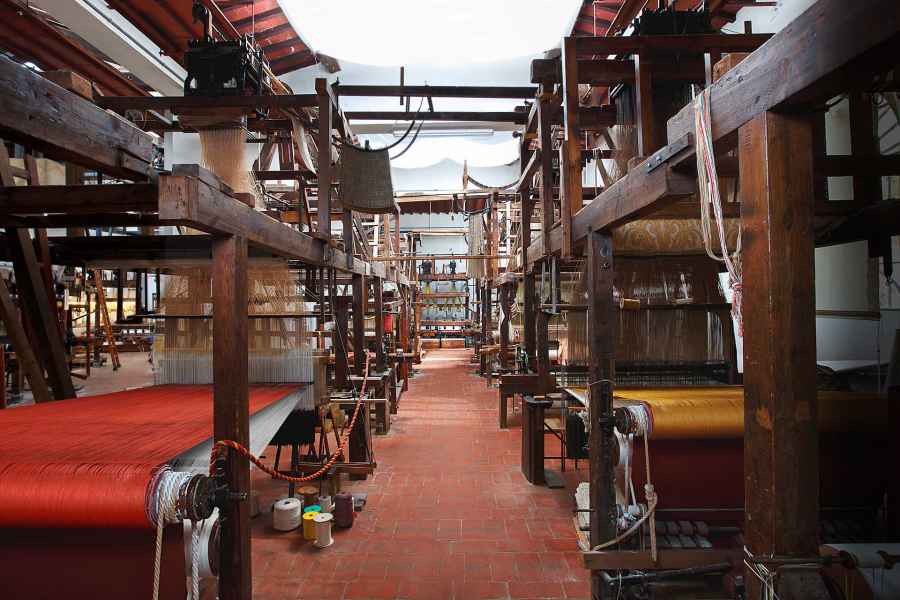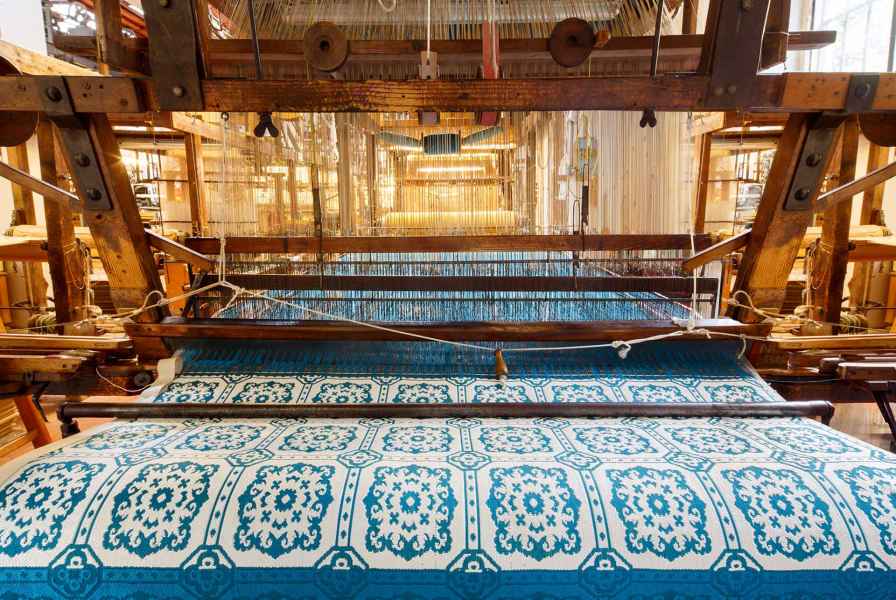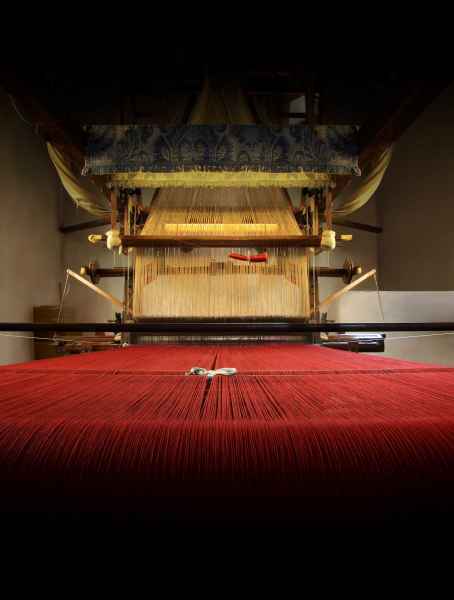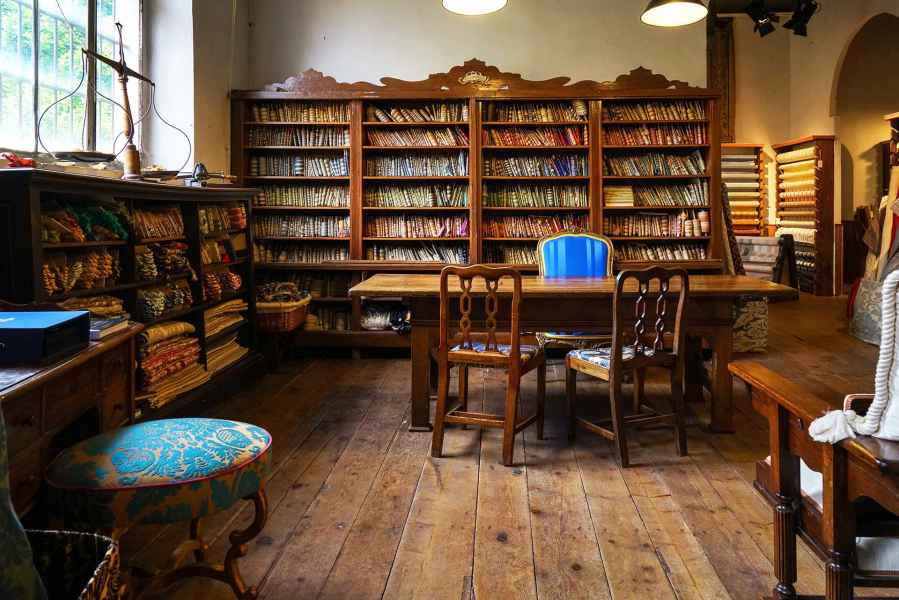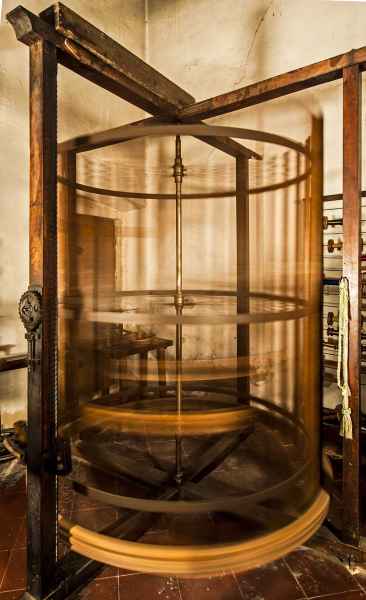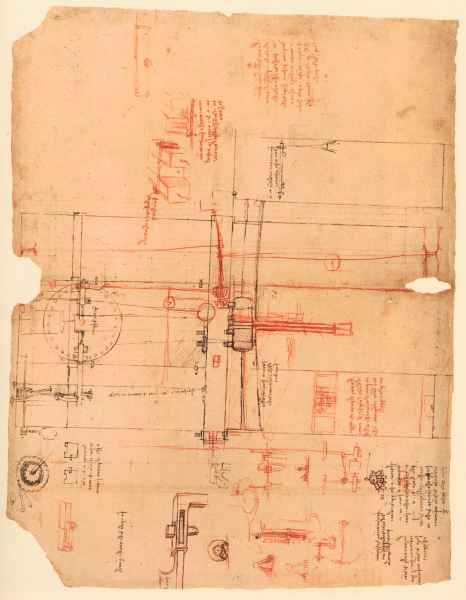«The wool merchants' guild should make the canal, and take the profit from it, said canal passing through Prato, Pistoia, Serravalle». As may be deuced from this note in the Codex Atlanticus (1107r), dating from around 1495, Leonardo thought that the Arte della Lana, the wool merchants' guild, would assume the costs and collect the earnings of the canal into which he planned to deviate the waters of the Arno.
In Florence, especially in the quarters of San Frediano and Santa Croce, there are many place names deriving from the activities controlled by the rich and powerful Arte della Lana: Via and Piazza del Tiratoio (drying shop), Via dei Tessitori (weavers) Via dei Cardatori (carders), and Corso dei Tintori (dyers), which runs from the National Library to Via de’ Benci.
Silk-working instead had been controlled by a powerful mercantile guild since the late 12th century, the recollection of which has survived thanks to the work of the Antico Seticio Fiorentino (ancient Florentine silk manufactory). This manufactory, established near the end of the 18th century at the initiative of such noble families as the Gheradesca, Corsini and Guicciardini, was originally located in Via dei Tessitori. It is situated today in Via Bartolini 4, and is owned by the Pucci family. It still works with a weaving machine that, according to ancient tradition, derives from the drawings of Leonardo, and still produces damasks, brocades and other rare and precious fabrics using techniques dating from the 15th and 16th centuries.

Antico Setificio Fiorentino (the Florentine silk manufactory)
Texts by
Alessandro Vezzosi, in collaboration with Agnese Sabato / English translation by Catherine Frost
Gallery
Gallery





